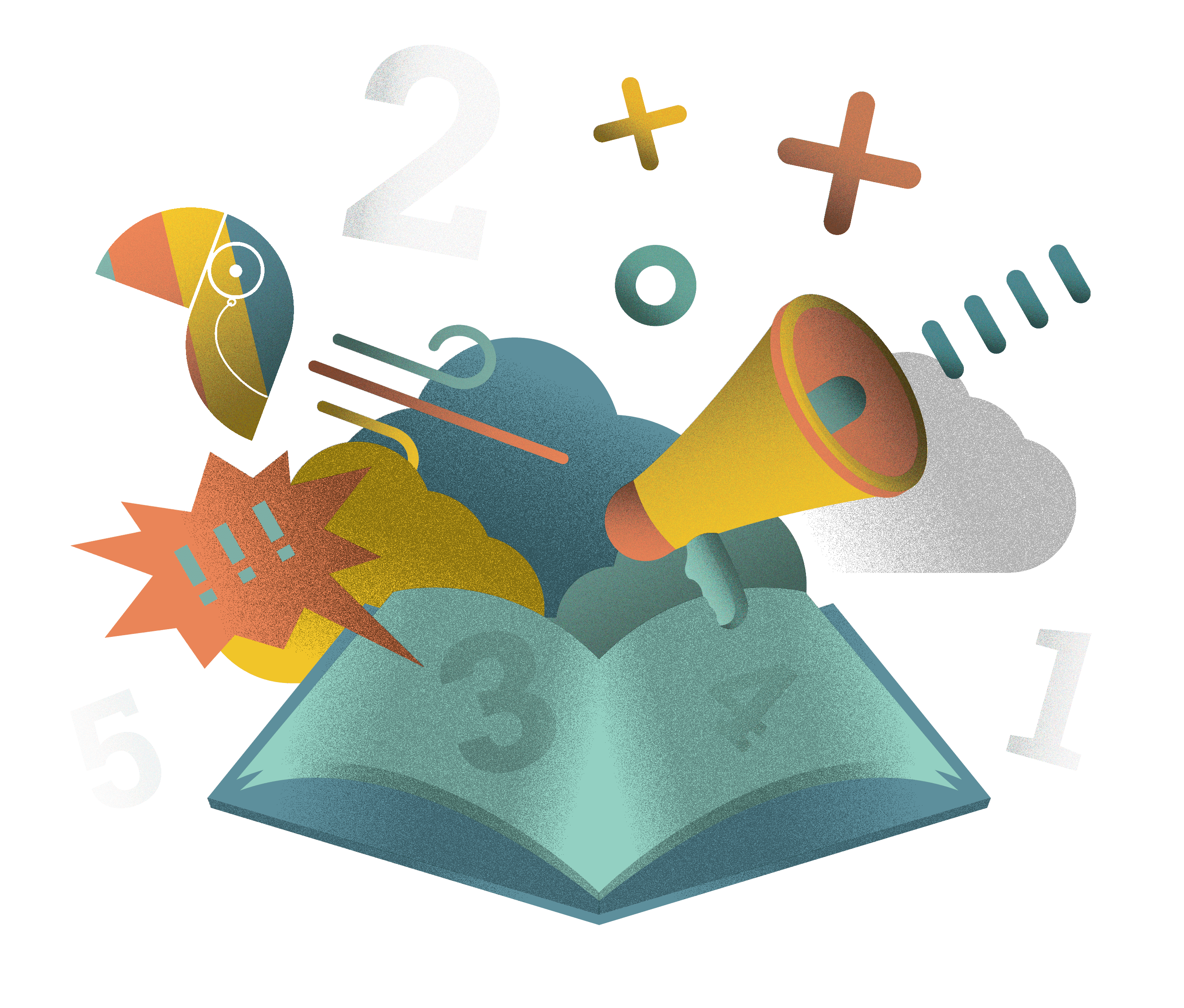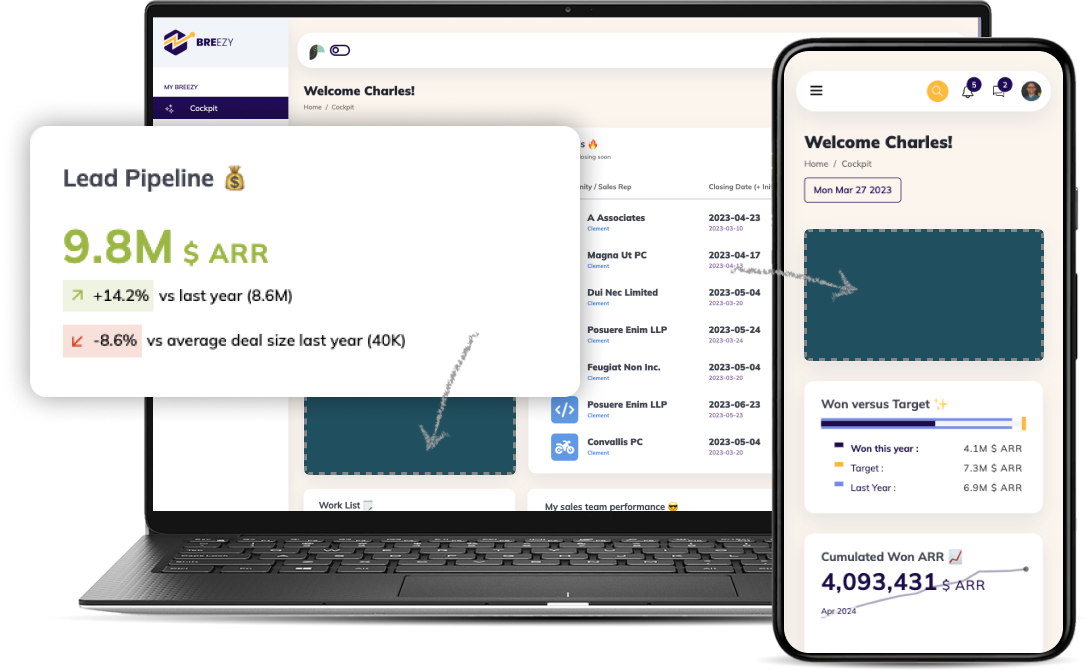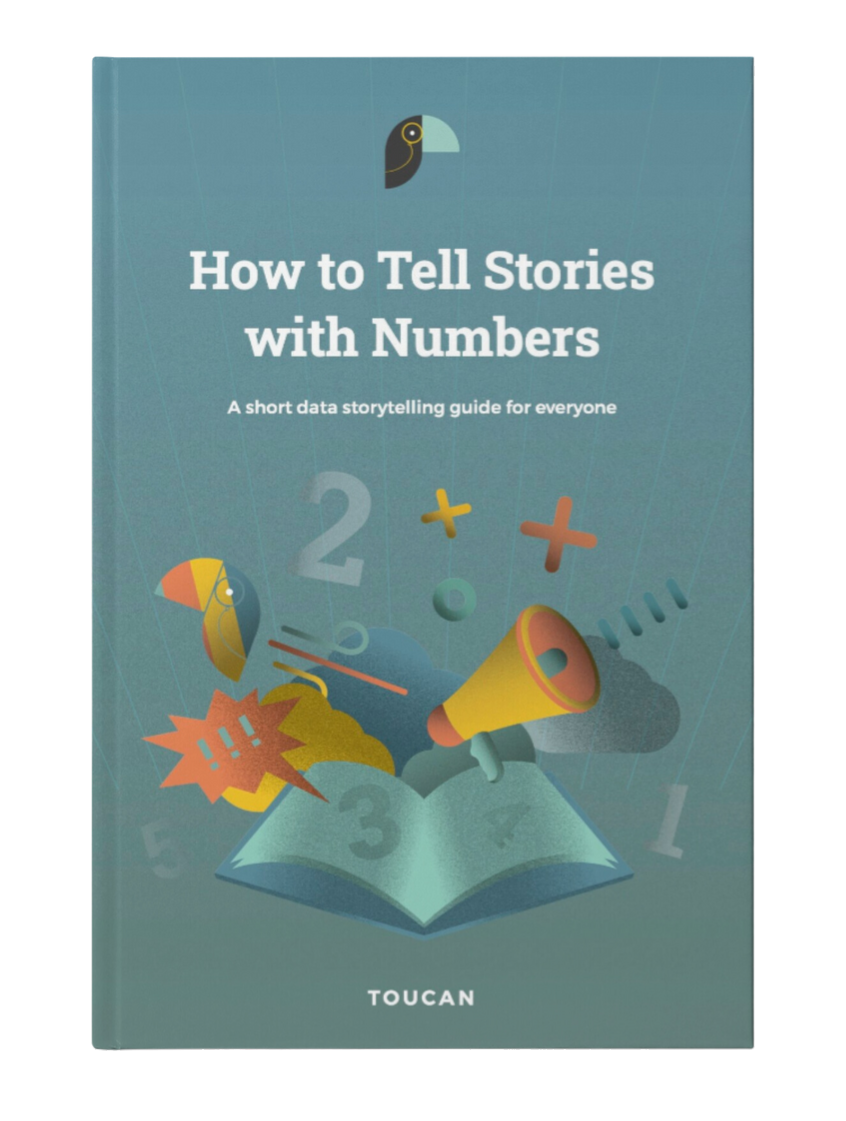
Driving engagement for SaaS products is crucial to help your organization thrive and expand. Without user engagement, your products will fail to connect with audience members, and you’ll struggle to help your business grow. Engagement occurs when users find value in your Software-as-a-Service (SaaS) product, driving them to take meaningful actions and repeatedly make decisions to use and interact with your product.
SaaS products and companies face a relatively high churn rate. While SaaS companies should ideally avoid annual churn rates exceeding 8%, the average churn rate for most SaaS companies is between 10-14% annually.
With a high churn rate, your SaaS solution undoubtedly needs actionable efforts to engage customers and encourage interest in your products. But how can you increase and drive engagement in a product, and what are the crucial factors of successful SaaS product engagement? Read more to find everything you need to know about driving engagement for your SaaS product.
Elements of Increasing and Driving Engagement in Your SaaS Product
There are several factors that play a role in driving engagement for your SaaS product. Let’s explore a few of the most important ones.
Understanding User Engagement Metrics
Boosting user engagement in your SaaS product starts by understanding crucial user engagement metrics. Engagement metrics provide actionable insights into your core customer base, allowing you to identify weaknesses in your engagement and take action to connect with users.
Some essential engagement metrics to consider include:
- Product engagement score. This score helps you understand how users are interacting with your project quantitatively. It combines the user adoption rate, the product’s stickiness rate, and its growth rate to determine how much users engage with your offerings.
- Active users. This metric is measured in monthly or weekly segments. Your active user metrics are also known as your product stickiness. It measures engagement by determining how often users return to your product because of its value and engaging features. Your active users metric aims to understand and enhance customer retention and lifetime value.
- Feature adoption rate. Your feature adoption describes when a customer starts using your product’s features. High adoption rates indicate that specific SaaS product features are effective and engaging, while low adoption rates indicate issues with your product.
- Time in product. The amount of time users spend on a product indicates engagement levels, representing the average time a user spends with your SaaS product during a specific session. Longer time in the product indicates that users see value in your offerings.
- Retention rates. Your customer retention rate is the percentage of users who stick with your product for an extended period or are active users. High retention is indicated by actions like subscription renewals, showing that users are finding value in your offerings and will continue investing in your solutions.
- Churn rate. Your churn rate indicates how many users leave your business in a specific period, such as monthly or annually. High churn rates indicate that your users are not engaged with your product – the lower your churn rate, the more engagement you receive.
User Onboarding Excellence
Ensuring onboarding excellence can go a long way in retaining customers and boosting SaaS software engagement. Encouraging engagement in a product is easier when people are comfortable using your solution and adopt your technology easily. Successful onboarding occurs when users are continuously engaged in the process of discovering new features and product value with ongoing product use.
Achieving successful onboarding helps drive customer engagement by creating a user-centric, personalized SaaS experience from the moment people start using your software product. Your onboarding process must be personalized to help individual users meet their specific needs and preferences.
Guarantee your onboarding process is clear and concise so users can instantly understand your product’s value. Customers should immediately know how your product addresses their specific problems, your solutions, and the product’s tangible benefits. Consider a gradual onboarding approach where users receive a broken-down, manageable explanation of your product in a step-by-step process.
Personalization for an Enhanced User Experience
The more personalized your user experience is, the easier it will be to drive software engagement. Considering that more than 70% of consumers consider personalization a basic expectation of the products they interact with and that 80% of consumers are likelier to make a purchase when you offer a personalized experience, there’s no denying the importance of personalization in enhancing engagement.
The bottom line is that you should introduce personalization to your SaaS products whenever possible. This feature also allows you to build a better relationship with customers, encouraging continuous engagement with your product and letting you understand their needs and preferences on a deeper, personal level.
But how can you personalize your products effectively? Keep the following in mind:
- Collect real-time user data to understand your customers.
- Segment your user base based on similar characteristics and behaviors and address personalization needs based on these segments.
- Offer personalized content like emails, notifications, and in-app messages to make each user feel heard and valued.
- Understand the products customers engage with most and provide personalized software product recommendations based on user preferences.
- Provide customers with a dynamic interface that adapts to their preferences and allows customized dashboards for each customer.
Continuous Education and Training
Ongoing education and training are vital to ensure users understand your SaaS product and find continued value in it the more they engage. Luckily, there are several options for continuous education and training to drive engagement in your SaaS product:
- Documentation. Comprehensive, accessible documentation is paramount to driving user engagement in any SaaS product. This documentation gives customers an instant resource to understand how they can use your product, address issues, and benefit from your various features. Through documentation, you can empower users to become proficient with your software independently.
- E-learning opportunities. Implementing e-learning platforms and modules can enhance engagement by giving users a better understanding of your SaaS product. Cover basic functionalities, special features, and best practices to benefit from your solution and make learning more engaging and dynamic.
- Create a community. A user community for your SaaS product is an excellent way of driving engagement through discussion boards, forums, and similar methods. These communities provide a platform to share user experiences and foster a sense of belonging around your product.
- Provide specific training. Offering tailored training resources like product adoption sessions and workshops can equip users with essential skills related to your product. These specialized training options show users you’re invested in their well-being and success.
Gathering and Acting on User Feedback
User feedback provides invaluable information about improving your product and driving customer engagement. User feedback is a massive source of customer insights and can transform how you drive engagement with your SaaS product. Feedback helps you enhance the user experience by identifying core pain points, issues, and feature enhancements that can improve your product and help more users engage with your offerings.
User feedback helps you devise a customer-centric approach to your SaaS products. By actively seeking customer feedback and making decisions based on it, you show your customers that their opinions matter and that your ultimate goal is to help them thrive in any way possible.
You can reduce churn by addressing specific customer issues with your products. The more feedback you implement into your offering, the better your product becomes and the lower your churn rate gets. Users are likelier to stick with your brand if you prove that their opinions matter.
There are several ways to collect and utilize user insights:
- Create surveys and questionnaires for current customers.
- Leverage user analytics to determine your most popular features and where you receive the most engagement.
- Include in-app feedback forms and encourage users to provide feedback.
- Prioritize social media listening and hear what customers say across different platforms.
- Extract insights from customer support interactions like emails and chats to identify and solve frequently encountered issues.
Facilitate Decision-Making Processes With Data Visualization
Understanding your data is one of the best ways to understand user engagement in a product and identify methods of increasing engagement. This effort is possible through data visualization. Data visualization is the graphical representation of your data, putting core analytics in graphs, charts, and diagrams to facilitate an understanding of data.
Visualization lets you quickly identify trends and patterns with your customers, which can help you drive engagement. Additionally, visualization benefits the customer and encourages users to take action. By providing interactive and embedded visualizations, you encourage users to interact with your application and increase the perceived value of your offerings.
Gamification and Rewards
Using games to engage your customers is an excellent way of driving engagement and meeting customer needs for your product. Gamification is a method that SaaS businesses use to entice customers to remain on the platform for longer periods. Through gamification, users can interact with your service in several ways to feel more connected and valued.
Essentially, gamification applies game-like elements in a non-gaming context, making the entire software experience more engaging. Some examples of gamification and rewards include:
- Assigning user missions and challenges to complete for a specific advantage or reward
- Giving users badges and achievements for specific accomplishments
- Having a leaderboard for top-performing users depending on their engagement with specific tasks
- Giving users a virtual representation of their progress as they complete missions
- Having time-limited challenges for users to complete an action in a specific period
Drive Engagement in Your SaaS Product With a Customer-Facing Solution
Knowing how to drive engagement is only the first step of enhancing your SaaS application. Find out more about Toucan’s customer-facing solution by requesting a demo today!






